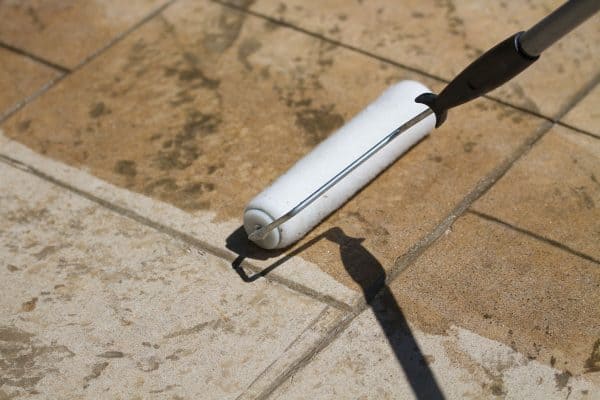Disclosure: We may get commissions for purchases made through links in this post.
Have you recently completed a renovation project, and you have a lot of old concrete that you need to dispose of? Well, you came to the right place for because we researched this question, and we have the answer for you.
Here are some of the ways to dispose of old concrete:
- Bring to a transfer station
- Contact a building supplies retailer
- Contact a junk hauling company
- Find a landscaping company
- Donate to a community project
- Recycle
We included recycling as one of the ways to dispose of old concrete—and yes, concrete can be recycled. We detailed how to do each of these disposal options in the sections below. Read on!
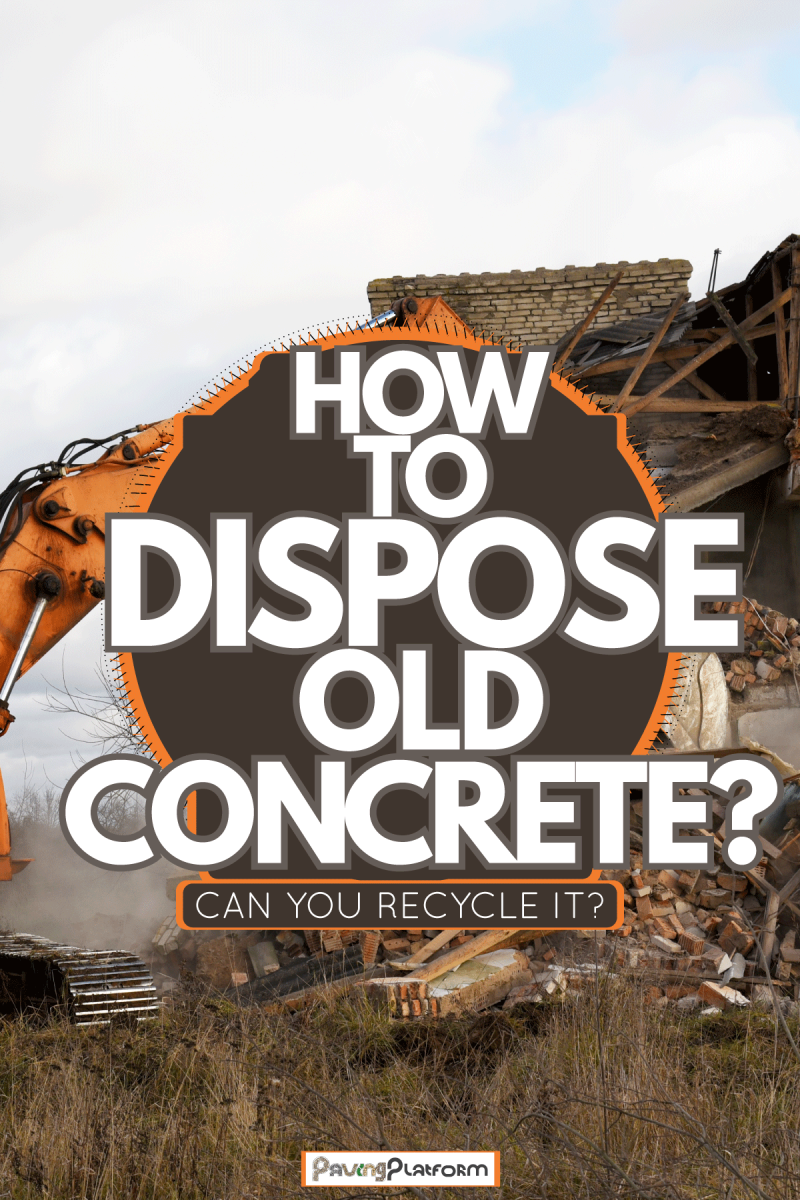
Where to dispose of old concrete?
Transfer station
This method is dependent on your local municipal solid waste policies. Contact the landfill, transfer station, and the local solid waste management division to find out before you haul over your concrete waste so that you don’t waste time going there.
A transfer station is a central area where municipal solid waste is dropped off by collection crews. Not all transfer stations accept old concrete for disposal.
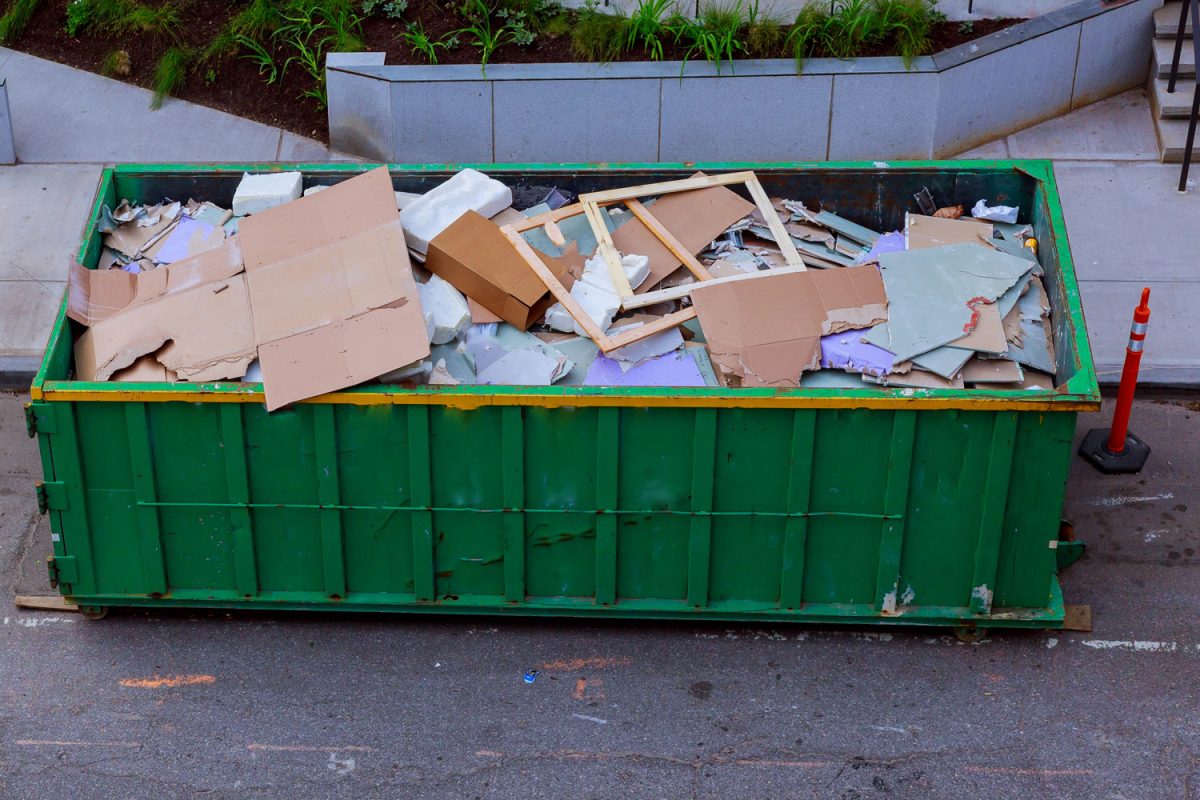
Building Supplies Retailer
Some building supplies retailers will be glad to take your old concrete off your hands. They use them as filling materials for construction. Thus, in a way, bringing them over to a building supplies retailer helps in recycling your old concrete.
However, most building supplies retailers would ask you to bring your old concrete over to them instead of them sending someone to pick it up for you. So, be ready for this option or find one who is willing to pick it off your property for a minimal fee.
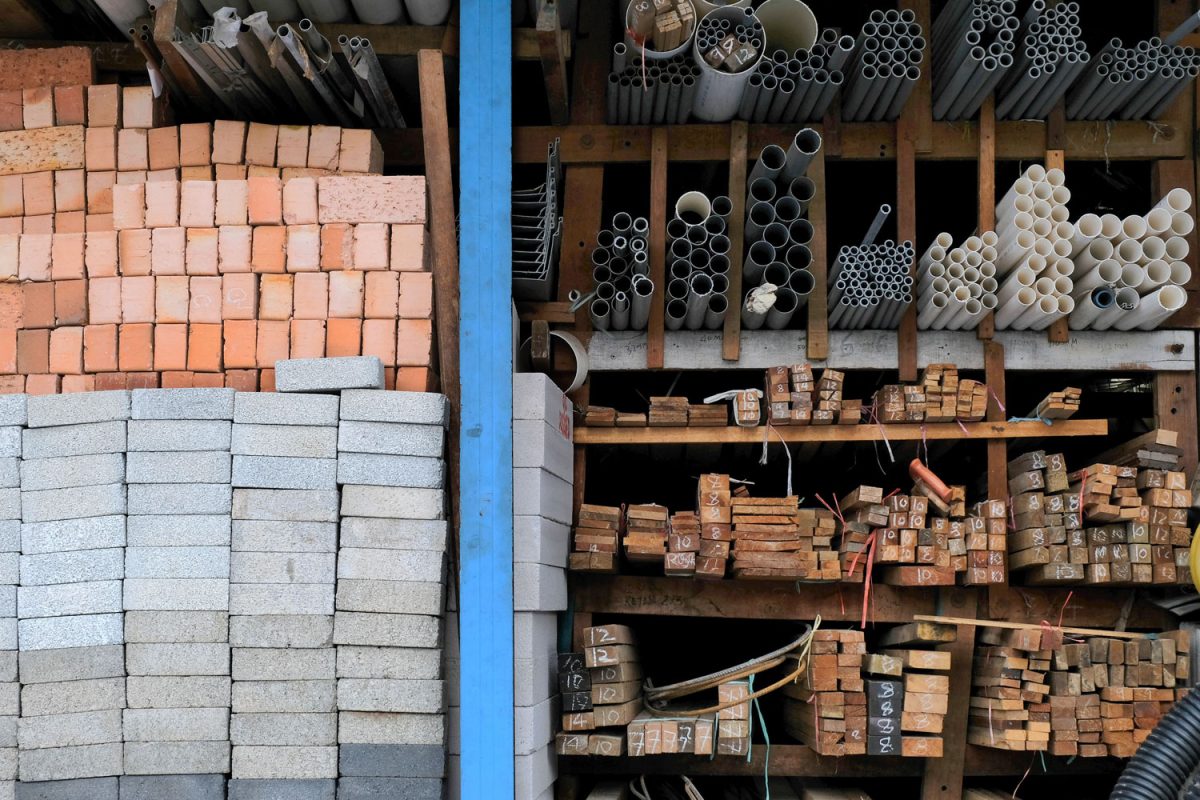
Junk Hauling Company
If you don’t have a truck available for either of the first two options, this would be the best option for you. You could contact a junk hauling company to come over and pick up the old concrete off your property.
Keep in mind, however, that this is not a free service. The upside is that this saves you time and effort because the junk hauling company would take care of the labor to get the old concrete from your premises and take care of bringing it to where it should be brought for disposal.
This is convenient for those that have a large amount of old concrete waiting for disposal and those that do not have the time and the means to bring old concrete to a transfer station or to a building supplies retailer.
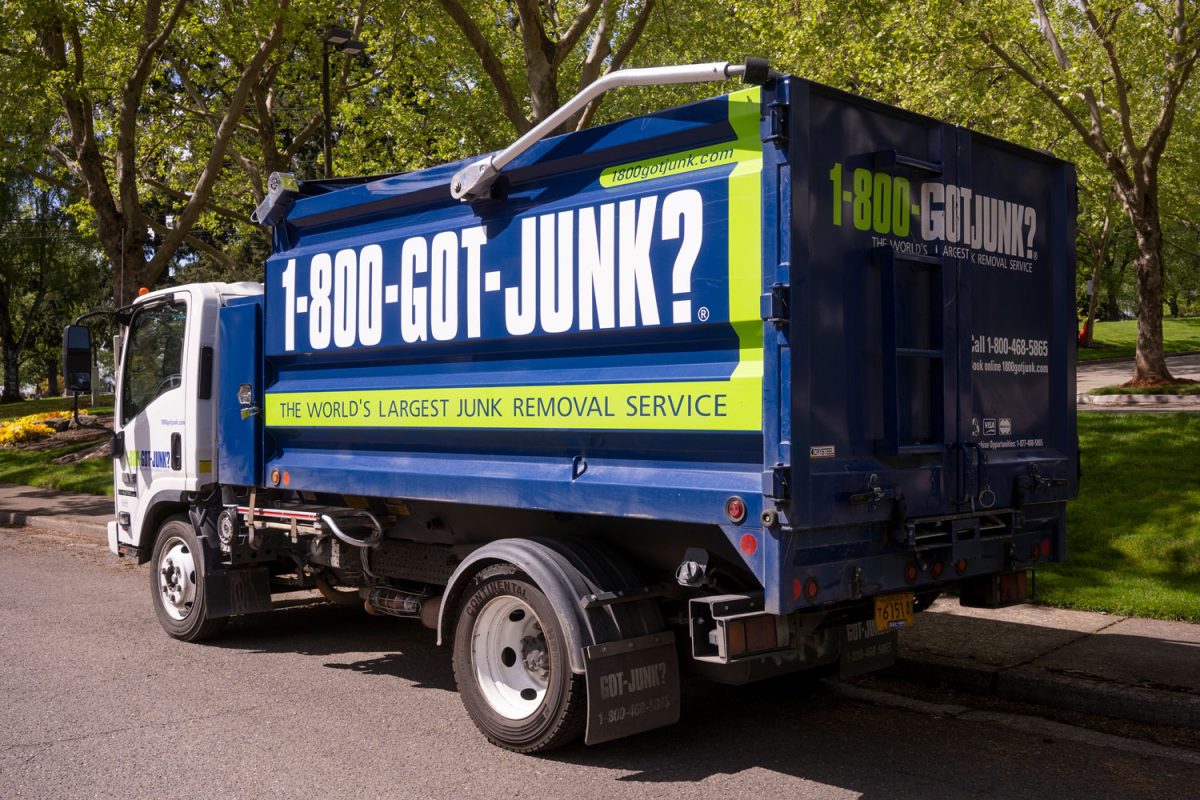
Landscaping Company
Landscaping companies are always on the lookout for leftovers that they can use for their landscaping projects. These companies use old concrete as a green option for sidewalk projects, flower boxes, and retaining walls.
Landscaping construction materials companies crush old concrete and use it as the base layer for new construction projects like roads.
Like building supplies retailers, not all of them will agree to pick up the old concrete from your property. So, be ready to have the means to bring it over to them if you choose to go this route.
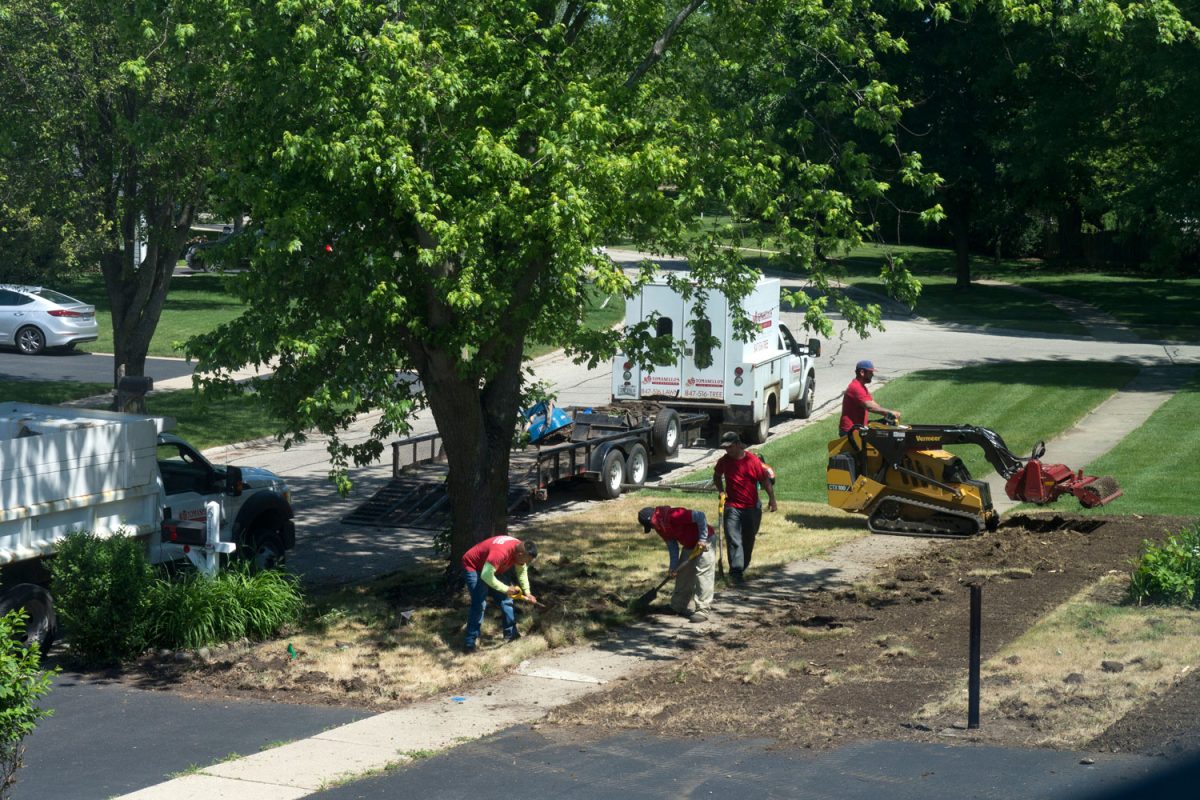
Donate It To A Community Project
Some projects use filling and base materials. Most of the time, they need to purchase these materials from landscaping companies.
You can post your old concrete on Craigslist and offer it for a low price. Although wouldn’t you agree that the best route would be to give them to your neighbors for free if they need it?
Similarly, you could check out your local nonprofit or community groups if they need old concrete for any project that they are currently working on. One advantage of giving it to these groups is that they’d likely be grateful enough for the free construction material that they’d take care of getting off your hands.
This is another great way of recycling old concrete instead of sending it over to landfills.
How to recycle old concrete?
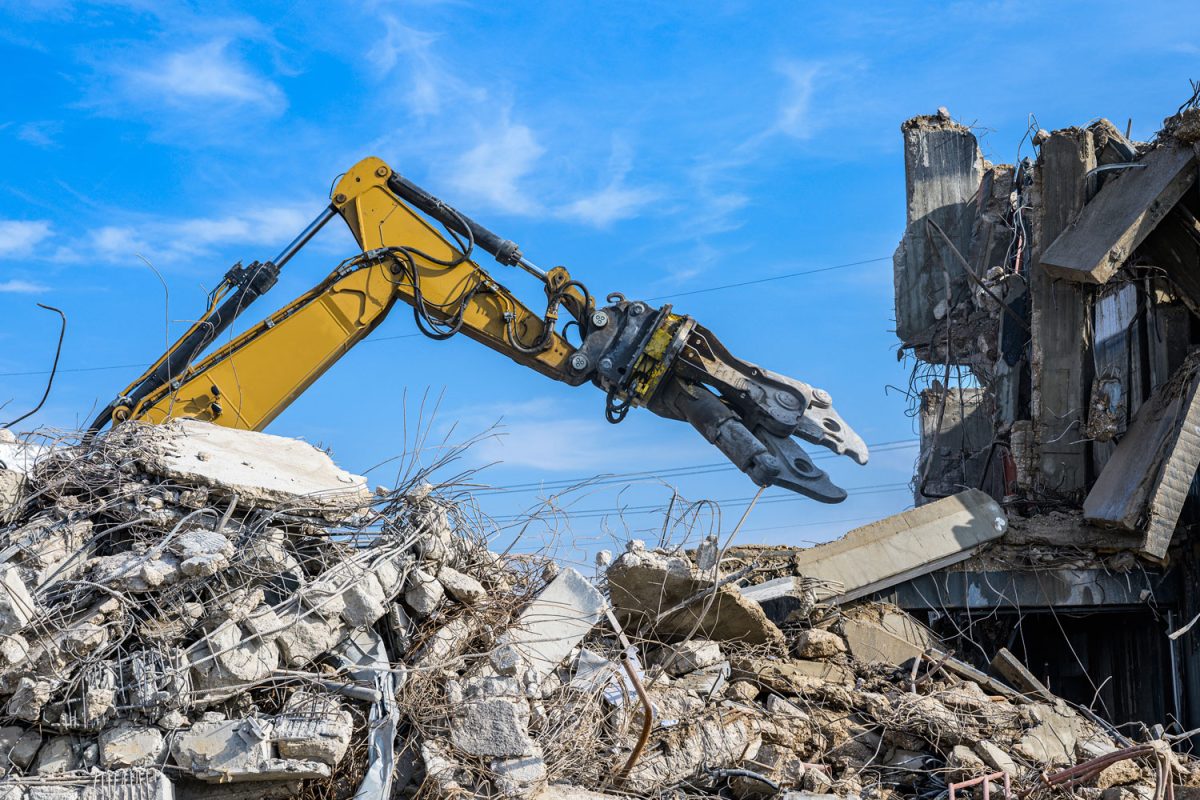
A common first step in construction is the removal and demolition of any existing concrete structures like foundations, sidewalks, and driveways. Removing these structures would leave you with a sizeable amount of construction materials.
You can choose to dispose of old concrete by picking any of the five disposal options that we have outlined above, or you can choose to recycle or reuse it. Reusing old concrete saves you money—you don’t need to buy filling materials anymore. Additionally, it has the added benefit of keeping old concrete away from landfills while doing the job of gravel that had to be mined and transported before you can use it.
What equipment is used to recycle concrete?
Large-scale concrete recycling often uses a portable crusher that can be moved from one site to another. A secondary impactor is also used to further break down concrete.
Flotation, separators, and magnets are also used to separate steel and other materials from concrete.
How is recycled concrete used?
Old concrete is rarely crushed into a fine powder and is instead broken down into gravel-like sizes. Recycled concrete is then used like gravel.
Permeable paving
Recycled concrete can be used as paving for outdoor hard surfaces like driveways. Broken-down concrete is laid out in an even layer that allows rainwater to filter through while providing a hard area where vehicles can pass through.
Permeable paving reduces the amount of rainwater that goes to the storm sewer system. At the same time, it helps replenish groundwater by letting it be absorbed by the ground underneath the permeable layer.
Base for asphalt
Recycled concrete can also be used as a base layer for new asphalt pavement. A process called rubblization allows the breaking down of concrete on-site to be used as the base layer for road construction.
Bed foundation for utility lines
Broken-down concrete is also used as a bed foundation for underground utility lines. Gravel or recycled concrete is used to cover utility trenches to help with the drainage of water. Recycled concrete is a cheaper alternative to gravel for this purpose.
Aggregate for new concrete
Aggregate materials like gravel are used when mixing new concrete. Recycled concrete can be used as a replacement for gravel.
Erosion control
Large pieces of recycled concrete are used as protection for vulnerable stream banks or gullies. These structures help minimize erosion during periods of strong rainfall.
Landscaping
Recycled concrete, when broken down into the right sizes, can be used as a replacement for river rocks or gravel in landscaping. It can be used as ground cover or mulch.
Filling for wire gabions
Gabion came from the Italian gabbione, which means "big cage", and it describes it perfectly.
The wire cages for gabions are usually filled with large rocks and gravel. Large chunks of recycled concrete can be used to replace large rocks as filling for gabion cages. Smaller pieces of recycled concrete can be used to replace gravel.


The Keystone Steel & Wire field fence that you can use for your gabion is available on Amazon. Check it through this link.
Oceanic reef residence
Large chunks of recycled concrete can be brought to offshore sites where they are used as coral habitats. They serve as the foundation for new reefs and eventually new habitats for fishes.
Are there environmentally friendly concrete?
Manufacturing traditional Portland cement, which is used to create concrete, requires a large amount of energy from coal or natural gas. This manufacturing process contributes 5% to 10% of all greenhouse gases in the world. A ton of carbon dioxide is produced for each ton of cement generated.
Ashcrete
Fly ash is a byproduct of the combustion of coal—previously discarded in landfills—that is now used to produce green concrete. It is mixed with lime and water like conventional cement.
25% of cement can be replaced by fly ash, and this reduces the CO2 emissions from manufacturing Portland cement.
Blast furnace slag
Blast furnace slag is a waste product from the production of iron, according to FHWA (Federal Highway Administration of the U.S. Department of Transportation). It can replace 70% to 80% of cement and improve the durability of concrete.
Micro silica
It is a byproduct of ferrosilicon alloy and in the production of silicon. It can be used to replace 7% to 12% of cement in concrete.
Concrete mixed with micro silica or silica fumes becomes less permeable. It is now specifically used for structures that are exposed to harsh chemicals. Adding micro silica to concrete also increases its compressive strength.
Conclusion
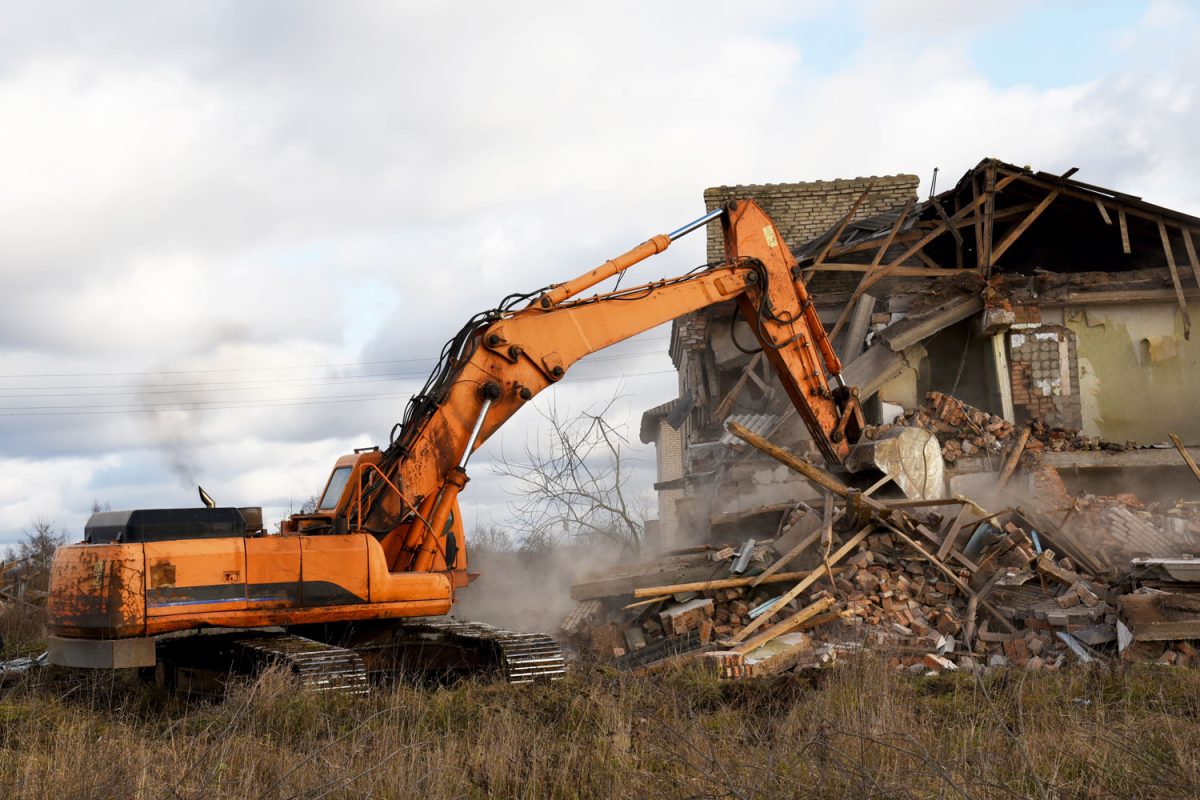
Concrete is the second most-consumed material in the world next to water. Unlike water, however, it is an artificial material, and its disposal can quickly overwhelm landfills.
Fortunately, there are several ways to dispose of concrete which include methods of recycling it.
If you enjoyed reading this article, check out these two articles too.

![Vibrant Red Paver Stone Path, Can You Spray Paver Sealer? [How To Apply It]](https://pavingplatform.com/wp-content/uploads/2022/04/Vibrant-Red-Paver-Stone-Path-600x400.jpg)
![Properly laid out red pavers for a garden, Can You Tint Paver Sealer? [And How To]](https://pavingplatform.com/wp-content/uploads/2022/04/Properly-laid-out-red-pavers-for-a-garden-600x400.jpg)
